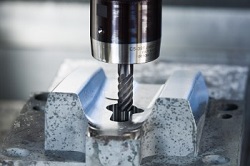Please place file(s) for transfer in the same folder and ZIP or RAR before attaching. Larger
attachments can take a few minutes to transfer depending on your local internet speed :) For attachments over
20MB, click
wetransfer
and send to
Rfq@die-casting-china.com.










